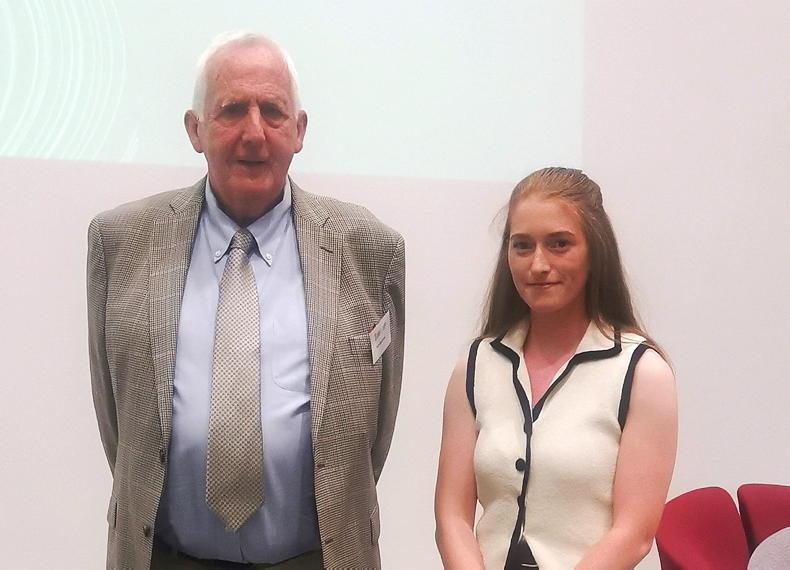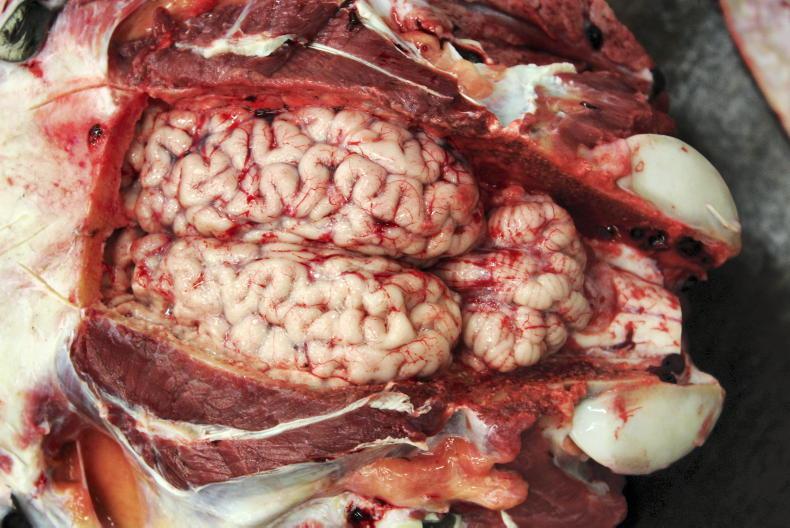RESEARCHERS in Germany have developed a deep learning tool that is capable of reliably diagnosing moon blindness in horses based on photos. More commonly known as moon blindness, equine recurrent uveitis (ERU) is an inflammatory ocular disease in horses, which can lead to blindness or loss of the affected eye. It is one of the most common eye diseases in horses and has a major economic impact.
Correct and swift diagnosis is very important to minimise lasting damage.
Deep learning
Researchers have developed and trained a deep learning tool that reliably recognises the disease and can support veterinary doctors in the making of diagnoses, as the researchers report in a current study.
In an online survey, the researchers asked some 150 vets to evaluate 40 photos. The pictures showed a mixture of healthy eyes, eyes with ERU, and eyes with other diseases. Working on the basis of image analyses, the deep learning tool was given the task of evaluating the same photos.
Subsequently, the researchers compared the results of the vets against those of the AI. The research team discovered that veterinary doctors specialised in horses interpreted the pictures correctly 76% of the time, while the remaining vets from small animal or mixed practices were right 67% of the time.
“With the deep learning tool, the probability of getting a correct answer was 93%,” said Professor Anna May of the Ludwig Maximilians University of Munich, who led the study.
“Although the differences were not statistically significant, they nonetheless show that the AI reliably recognises an ERU and has great potential as a tool for supporting veterinary doctors.”
Experienced professionals
The tool is web-app-based and simple to use. All you need is a smartphone. “It’s not meant to replace veterinarians, but can help them reach the correct diagnosis. It is particularly valuable for less experienced professionals or for horse owners in regions where vets are few and far between,” May emphasised. Through the early detection of ERU, affected horses can receive appropriate treatment more quickly, which can be decisive in slowing down the progress of the disease and saving the afflicted eyes.




 This is a subscriber-only article
This is a subscriber-only article
 It looks like you're browsing in private mode
It looks like you're browsing in private mode










SHARING OPTIONS: